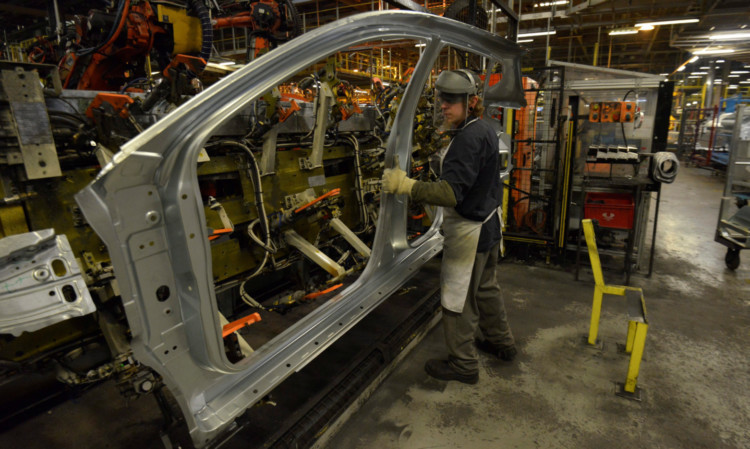Demand for new ‘14’ number plates helped send car sales soaring last month, with Scottish registrations at their highest spring level on record.
New figures from the Scottish Motor Trade Association revealed a 25% year-on-year rise in sales by dealerships in Fife last month, with a 23% climb in Tayside.
The upturn in the Central area was more limited, though the 13% hike still marked a significant step-up in consumer spending on the same month last year.
In all, the statistics revealed almost 1,400 more car sales across east central Scotland during the month when compared to 12 months ago part of a 5,635-strong increase across the country.
That took the Scottish sale to its highest-ever March level. It beating the previous record high of 40,954, set in March 2004, by 2,770.
SMTA chief executive Douglas Robertson said the figures were pleasing, following a small dip in fortunes during February.
But he warned the industry would be hard-pressed to continue its strong first-quarter form, despite firmer customer sentiment and a welter of attractive price and payment options.
“We believe these figures confirm consumers’ awareness of the extremely attractive finance deals now available and the immensely attractive range of new cars now on the market,” Mr Robertson said.
“As we have said before, the cost of running a new car is often less than that of running an older car and, as confidence returns, consumer are becoming more aware of this.
“Whilst we do expect a positive market for the rest of the year, we would hesitate to project a continuation of the 12.09% increase we have seen in the first quarter.”
Across the UK, a total of 464,824 new cars were registered last month a rise of 17.7% on the March 2013 figure, and the best since 466,954 were registered during March 2004 helping first-quarter sales increase by 13.7% over a year-on-year basis.
The spring peak was created in 1999, when interim plate changes were introduced in March alongside more traditional September registrations.
Society of Motor Manufacturers and Traders chief executive Mike Hawes said substantial “pent-up demand” remained, following six years of subdued economic performance.
The twice-yearly plate change means March and September alone typically account for more than a third of the annual market.
In February, for example, fewer than 69,000 new cars were registered across the UK.
Vauxhall was Scotland’s best-selling marque with 14% of total sales.
Ford enjoyed a 13% share.
However, the Fiesta turned the tables in the bestsellers stakes, knocking the Corsa into second place during the first three months of the year.
Scots sales in the first quarter also included 22 Bentleys, 12 Ferraris, three Lamborghinis, five Lotus, eight Maseratis and five Morgans.
